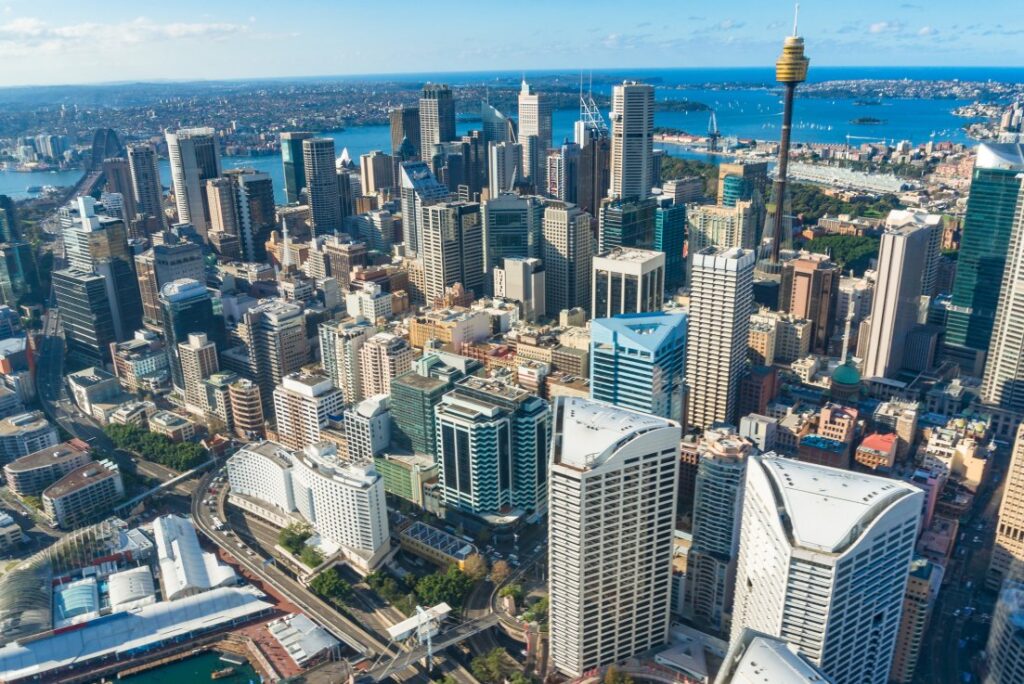Why Permanent Residency Is the Goal for Many SID (Former 482) Visa Holders
1. More Accessible and Structured PR Pathways
The SID visa introduces a three-tiered structure: Specialist Skills, Core Skills, and Essential Skills pathways. Each tier has distinct salary thresholds and occupation requirements. The tiered structure offers tailored pathways for different skill levels and industries, simplifying the process for SID (formerly 482) visa holders to qualify for permanent residency based on their occupation, salary, and work experience.
2. Reduced Work Experience Requirements
Unlike the previous subclass 482 visa requiring at least two years of relevant work experience, the SID visa reduces this to just one year. This change lowers barriers for skilled migrants to enter Australia and begin their pathway to PR soon.
3. Extended Job Mobility and Grace Period
SID visa holders now benefit from a 180-day grace period to find a new sponsor if their employment ends, compared to only 60 days under the old system. This flexibility reduces the risk of visa cancellation and supports career continuity, which is crucial for accumulating the work experience needed for PR eligibility.
4. Clearer and Faster PR Transition
The pathway to permanent residency has been streamlined. For example, under the Employer Nomination Scheme (Subclass 186) Temporary Residence Transition (TRT) stream, SID visa holders can apply for PR after completing two years of full-time employment in the same occupation in Australia, a reduction from the previous three-year requirement. Employment with multiple approved sponsors counts as long as it is continuous and on the same occupation.
5. Longer Visa Validity and Stability
The SID visa allows holders to stay in Australia for up to four years, providing greater stability than the older short-term streams. This longer duration supports workers in building a life and career in Australia while progressing toward PR.
- Specialist Skills Pathway
- Core Skills Pathway
- Essentials Skills Pathway
The transformation of the 482 visa into the Skills in Demand (SID) visa marks a significant shift in Australia’s skilled migration framework. For many visa holders, permanent residency remains the ultimate goal because it offers long-term security, unrestricted work rights, access to social benefits, and a pathway to citizenship. The new SID visa’s reduced experience requirements, extended job mobility, and clearer, faster PR pathways make achieving permanent residency more attainable and attractive for skilled workers committed to building their future in Australia.







